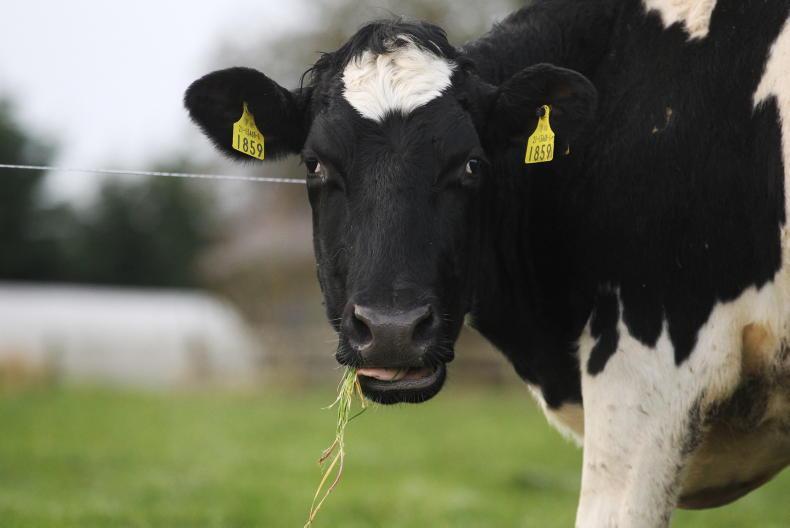Research carried out by Teagasc has found that methane emissions from Irish dairy cows is being overestimated by around 9%, Dr Hazel Costigan from Teagasc told last Thursday's Signpost conference in Clonmel, Co Tipperary.
The post-doctoral researcher is currently working on identifying different methane-reducing feed additives for grazing dairy cows.
"When a country doesn't have enough of their own data, they have to use an internationally derived methane conversion factor. Based on some of the research we have done, our methane is being over-estimated.
"The methane conversion factors vary greatly across the year. They are particularly much lower in spring time and they are about 9% lower across the year.
"What we are trying to do is refine these methane conversion factors so that they are more applicable to grazing dairy cows, their genetic makeup and the forage they're consuming," Costigan said.
Greenhouse gases
Enteric methane accounts for just over 60% of agricultural greenhouse gas emissions, she explained.
Because enteric methane makes up such a large proportion of agricultural greenhouse gas emissions, Costigan said that reducing enteric methane is going have a big role to play in whether or not we can achieve the targets Ireland has been set (25% by 2030).
The main focus of the research being carried out, Costigan said, is to find a feed additive that is compatible with Irish grazing systems, while at the same time not affecting animal performance or food safety.
Being able to feed the additive to the animal easily is proving to be a greater challenge than initially anticipated, she added.
A number of studies have been carried out in Moorepark with feed additives being fed in the parlour, through a total mixed ration (TMR) diet and in the minerals before shaking on the silage.
The inhibitor 3-nitrooxypropanol (3-NOP) has proven to reduce enteric methane by 22% when fed as part of a TMR.
To demonstrate the efficacy of 3-NOP at farm level, 3,500 cows across 18 Teagasc Signpost dairy farms used the additive last winter.
Research will continue to look into the efficacy of other feed additives, Costigan said, alongside ensuring that they're practical for feeding on commercial farms.
Green feed machine
Moorepark's green feed machine is used to measure methane. It's a trailer-mounted machine that incentivises the cow to visit by offering around 300g of concentrate - they visit three to four times per day.
The machine takes a sample of their breath while they're consuming the concentrate which, is then analysed for methane concentration.







 This is a subscriber-only article
This is a subscriber-only article










SHARING OPTIONS: